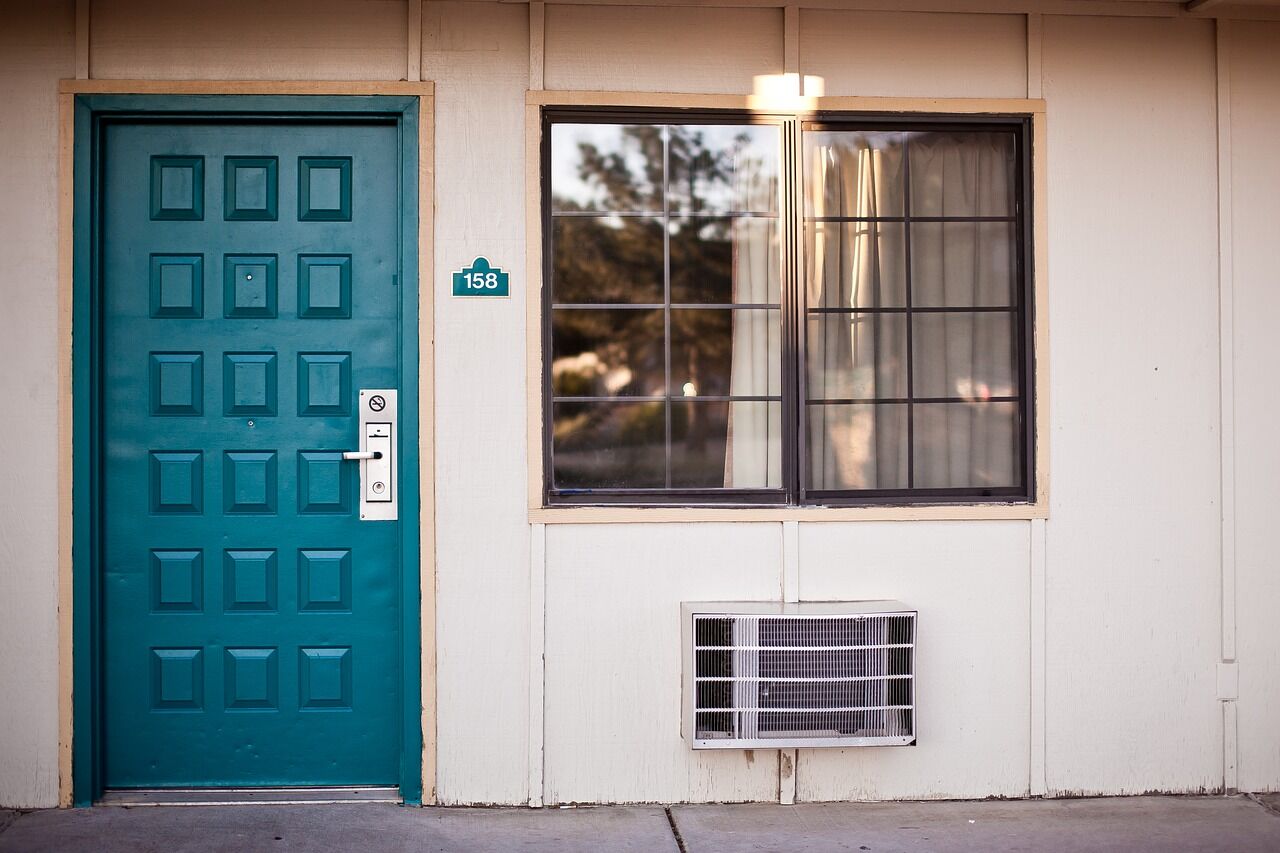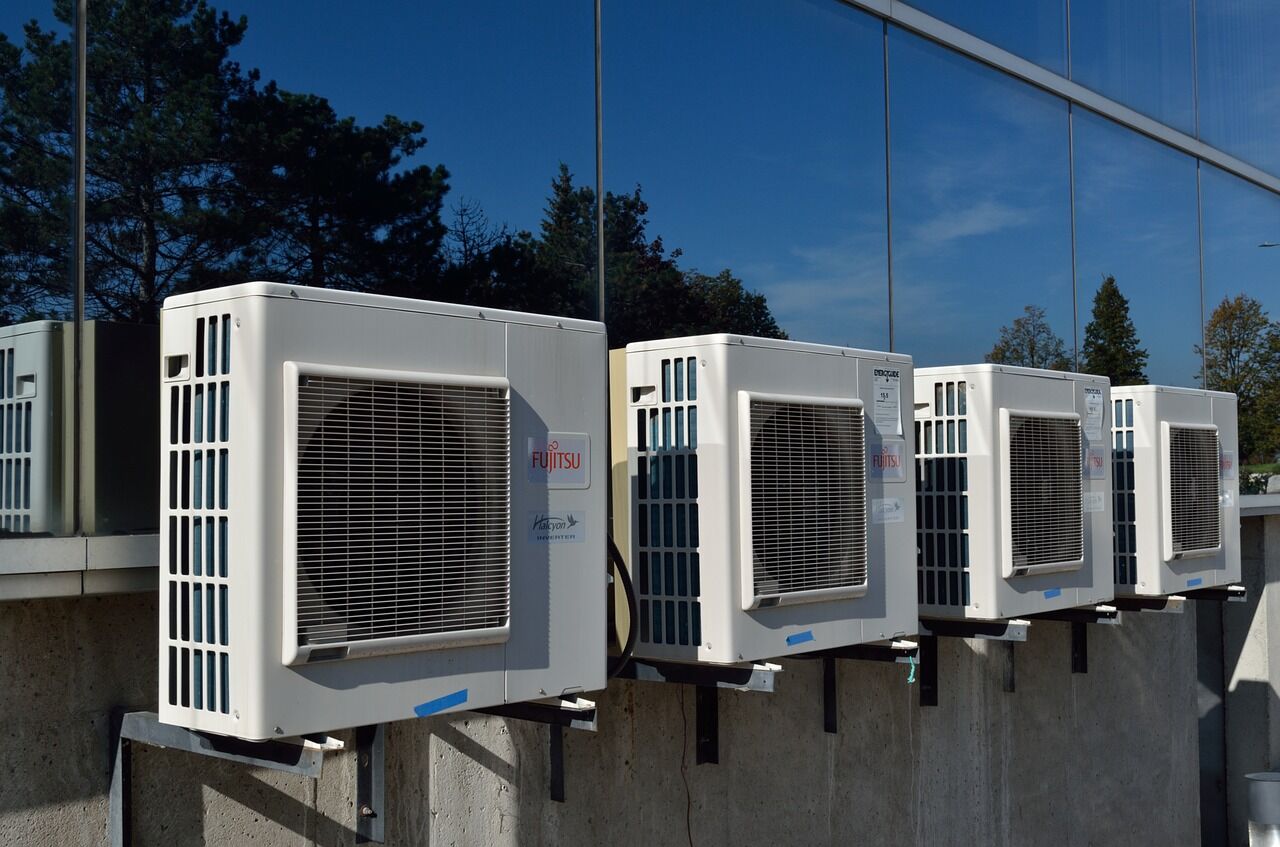As a homeowner, you have ultimate control over how the lighting in your home serves you. You may be dealing with the limited lighting that was originally installed in your home. Alternatively, you may have adapted the living space to accommodate your task preferences. Perhaps you have deep eaves, low ceilings, too few windows. You […]
Category: Home Renovation | Repair
4 Ways to Keep Your Attic Rodent Free
If you find yourself hearing noises in your attic, you may have some unwanted guests. Don’t ignore the signs. Hearing thumping or scratching noises especially at night is a surefire sign that you have animals or even squirrels in your attic. Also, if you keep finding your trash can overturned and waste in your yard, […]
Tree House Project: Make Your Kids Wishes Come True
Tree houses were all about a quick assembly of a simple little house where the kid could play with a bunch of friends and lead imaginary life. Today, tree houses are more of a complex building that includes certain luxuries unknown to the previous generations. Even so, this type of tree house building has a […]
3 Common HVAC Leaks to Look Out For
Did you know most HVAC service calls are related to some type of leak? A leak in your heating and cooling system can reduce the efficiency of your system, increase your energy costs, cause premature wear and tear to the HVAC system, and even damage your home. We’ve compiled here information on three common leaks […]
HVAC Failure: Smells and Sounds to Watch out for
HVAC failure is not only annoying because you lose your climate-controlled environment but it can also be costly to fix or replace the system. It’s a good idea to know the warning signs so you don’t lose money by not getting the repairs done. Grinding Sound A grinding sound is never good when it comes […]





